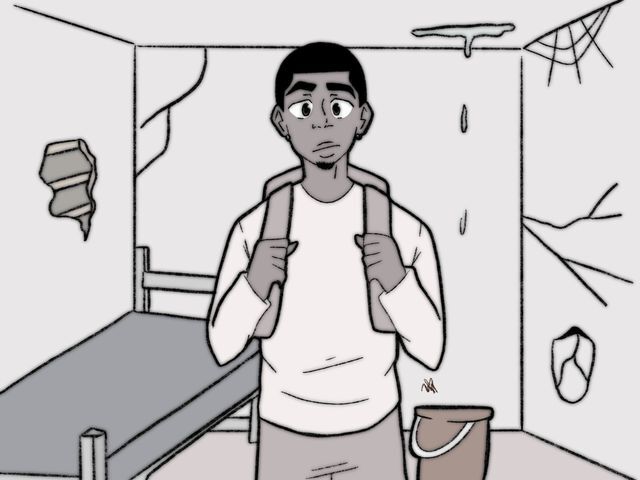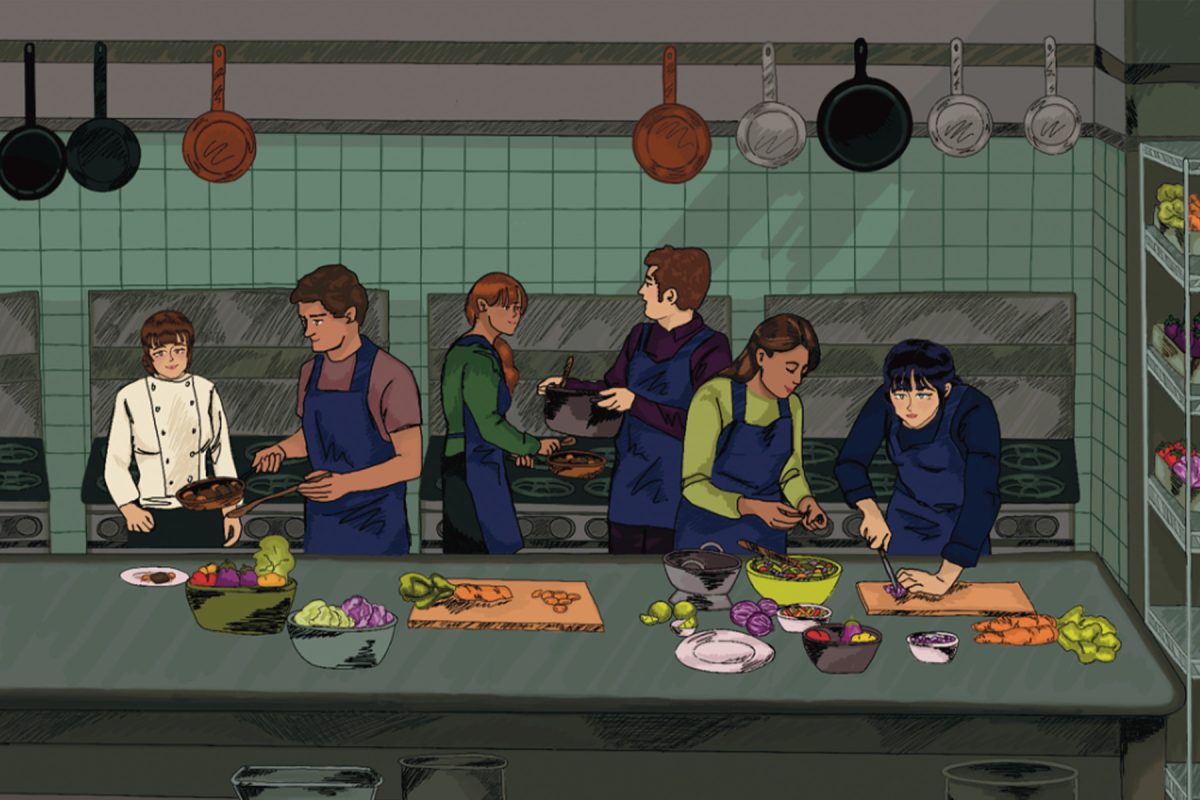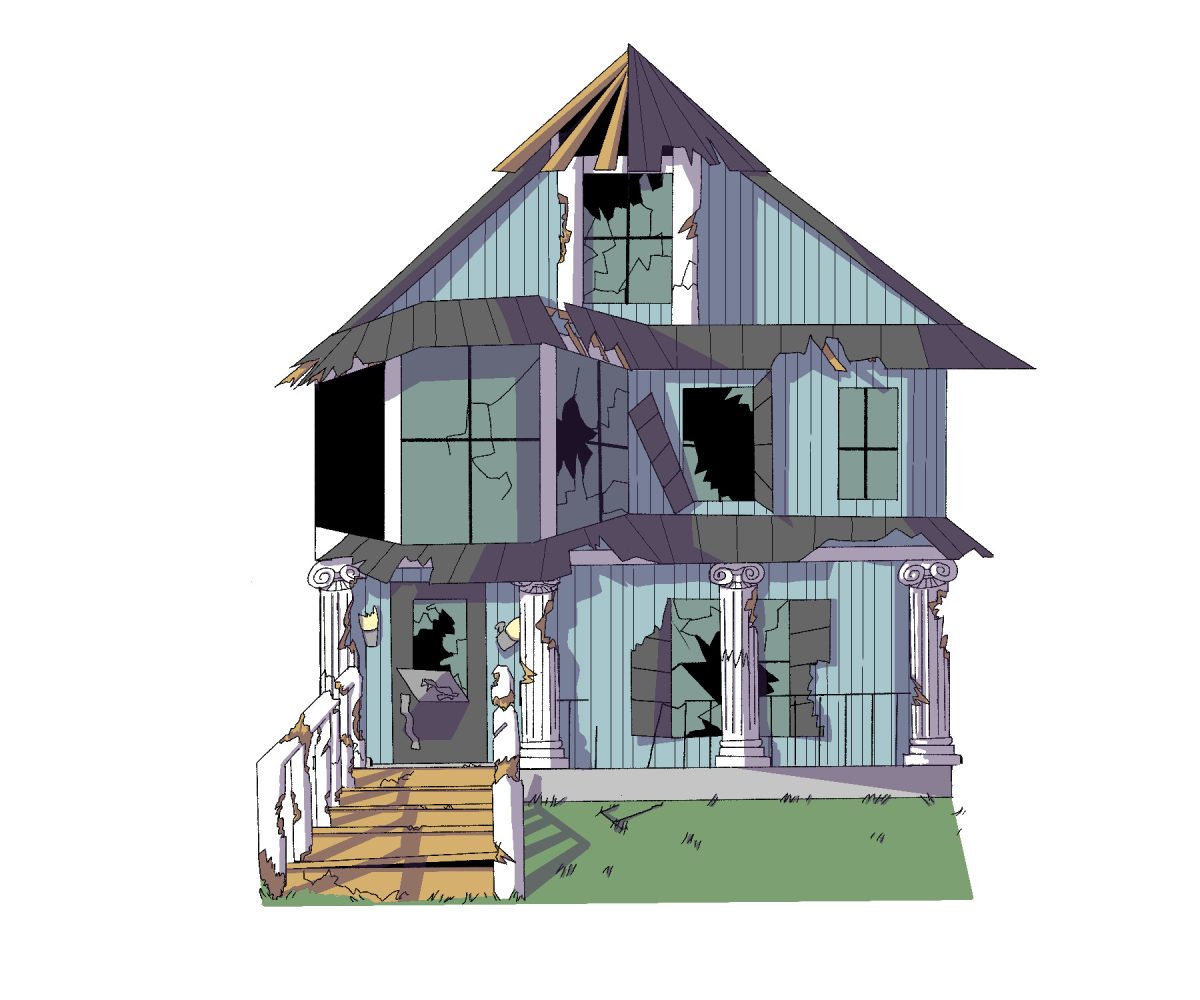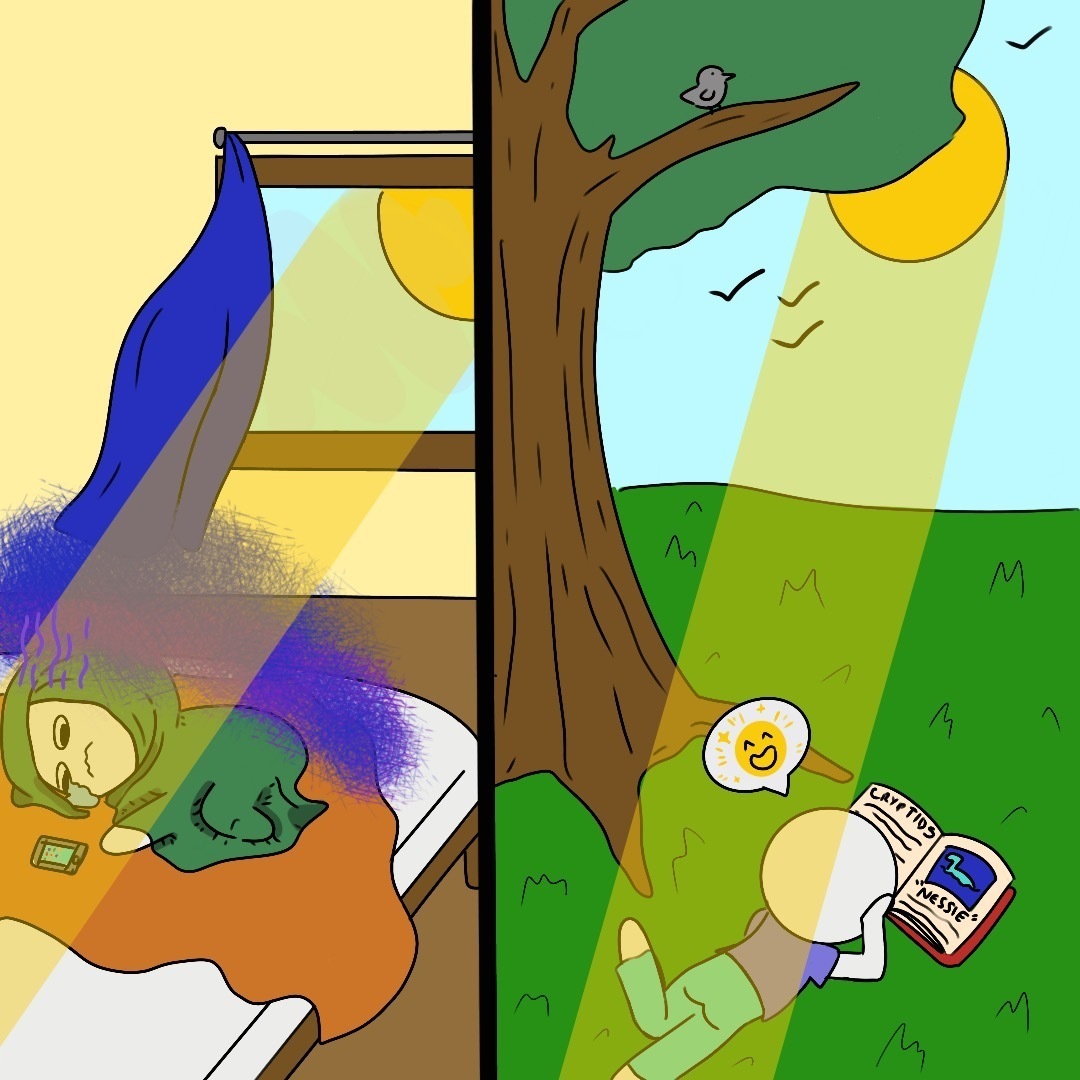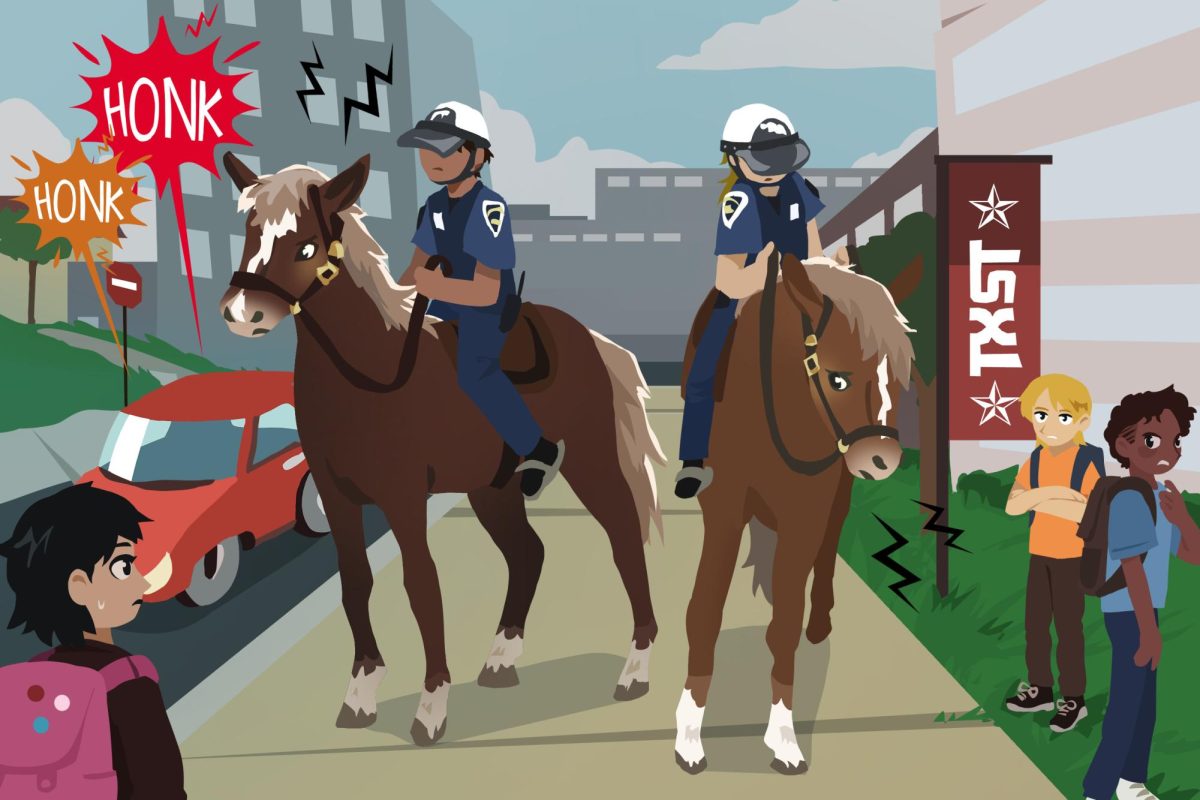As of 2021, Texas State offers 24 dorms across campus and requires its first-year and freshmen students to live on campus unless they live within a 60-mile driving distance.
The average price for a traditional style double occupancy room for one semester is $3,023, which is sometimes a quarter or more of the average tuition for Texas State. This is the cheapest housing option. Not to mention having a decent meal plan, which is required for students living on campus, costs between $2,000-3,000.
Living on campus is expensive and the rates for dorms are increasing every year.
At first glance, it might seem easy to lower dorm rates and provide funding for more student housing options. In reality, the housing issue on campus is complex. Students should not be too tough on the Department of Housing and Residential Living (DHRL), due to its limited resources.
According to the university’s 2017-2027 University Master Plan, Texas State plans on removing four resident halls, replacing or renovating three halls and building higher density halls. With only six more years to go, some students have yet to see any renovations.
“I lived in Lantana from fall 2020 to spring 2021,” George McRedmond, an undeclared sophomore, said. “It was livable, passable really. There were no renovations or new construction when I was there. I even came back from Winter Storm Uri with all of my stuff wet because the pipes burst and flooded the whole floor.”
Those who were stuck on campus during the winter storm suffered intermittent power outages, false alarms blaring and evacuations from their dorms. Even before the winter storm, there were issues of sprinkler systems discharging and forcing evacuations.
Associate Director of Housing Facilities Services in the Department of Housing and Residential Life Kyle Estes said master plans are theoretical and, therefore, are subject to change. Estes adds there are renovations happening each year whether students can see them or not.
“One of the things that people don’t realize about housing is that we don’t get any money from the university,” Estes said. “We are an auxiliary, so we are essentially a stand-alone business. The only way we pay our bills is based upon the room rate and so if the cost of utilities go up, we have to be able to pay that. We do our best to try to give a variety of rates so that people have choices, and we try not to go too high very fast because we know the impact on the student and the cost of education. It’s a balancing act.”
In the past seven years, requests for housing contracts exceeded operating capacity. The total number of undergraduates living on campus is 17%, 84% of that total consists of freshmen students. DHRL has repeatedly overbooked student housing which results in some students being housed in temporary rooms, usually consisting of a study room covered in black paper for privacy. During fall 2020, it wasn’t until the 12th day of class when students placed in temporary housing found out if they were able to move into a no-show student’s room.
Currently, Estes said there are no students living in temporary housing as permanent offers were made to the remaining students about two to three weeks ago.
“Nationwide, all housing programs go through this,” Estes said. “You have this many beds and you have this many students, you think. You are really reliant on admissions and then data analysis to predict how many spaces are going to be needed for each gender, but it is not 100% guaranteed.”
While it is impossible to plan for a perfect future, DHRL is actively seeking innovative solutions to prevent overbooking. In spring 2021, the DHRL implemented a housing contract lottery. While signing up for the lottery does not guarantee a housing contract, it presents an equal opportunity for everyone to be considered for housing.
Housing issues are nothing new, especially in Texas where the population is growing and affordable housing is increasingly getting harder to find. At Texas State alone, the university had a record of freshmen enrollment totaling 6,600 students. Housing this many freshmen is difficult, even for a large campus like Texas State.
While I had a good living experience in the dorms — despite the bathrooms almost always being unclean — others have not. However, after learning more about DHRL and the work employees put in to meet the university and students’ needs, I’ve realized how complicated housing can be.
“We are a compassionate business. It’s not just about the dollars, but how do we give you, the student, the support structure you need to help set you up for success,” Estes said.
– McKenzie Siller is a biochemistry junior
The University Star welcomes Letters to the Editor from its readers. All submissions are reviewed and considered by the Editor-in-Chief and Opinion Editor for publication. Not all letters are guaranteed for publication.
Opinion: On-campus living is more complicated than we thought
November 9, 2021
Donate to The University Star
Your donation will support the student journalists of Texas State University. Your contribution will allow us to purchase equipment and cover our annual website hosting costs.











